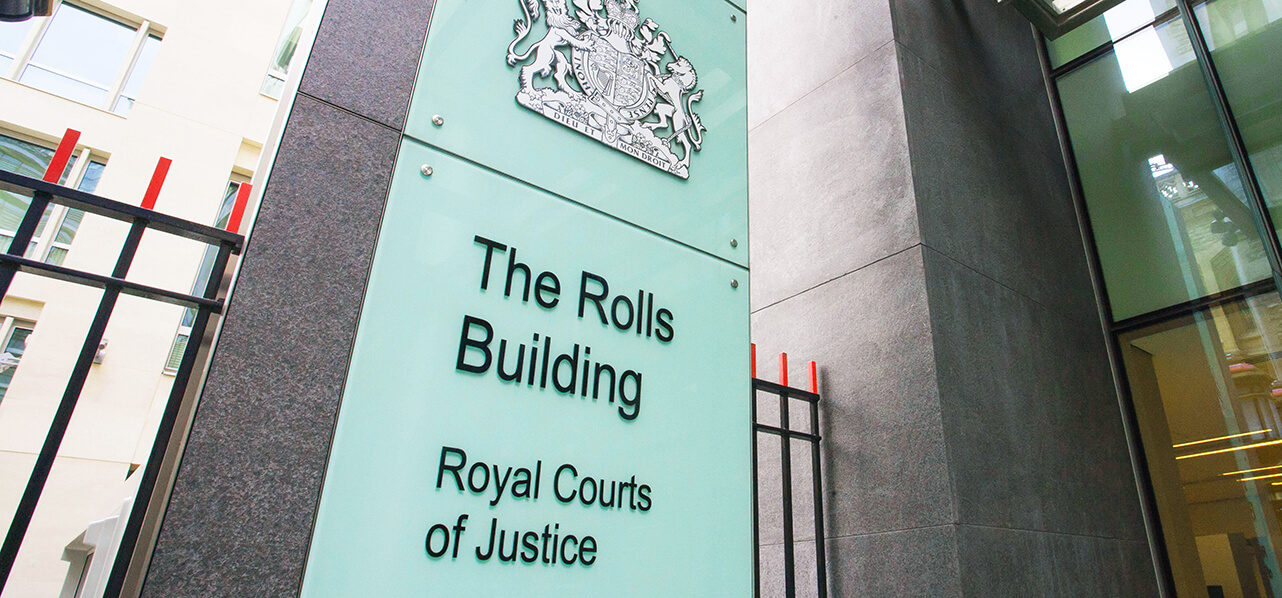"Governments must set out clear and unambiguous policies that lead to well thought through laws."
Common considerations
1. Clear policy and regulation
Governments must set out clear and unambiguous policies that lead to well thought through laws. This means that they must not only consider implementing enabling laws, but also addressing any barriers. Where government bodies, central or local, are required to take the lead in developing infrastructure, they must be given clear powers and targets for implementation.
Where the private sector is expected to invest, there must be clear regulation to allow them to take financial investment decisions on a long-term basis. Consequential changes must also be implemented, and this requires governments to address wider questions, such as:
- will there be tax implications?
- if electricity activities are regulated, does operating EV charging infrastructure fall within these activities, or outside?
- are there applicable health and safety standards or certifications, or will new ones need to be designed specifically for e-mobility?
The roles of any regulatory bodies must also be made clear to give investors and other stakeholders the confidence required to take forward investment.
"As demand increases, supply chains will need to be reinforced and increased."
2. Supply chain – strain and growth
With global demand increasing, supply chains for EVs and associated infrastructure are coming under increasing strain. Those fortunate countries who have the manufacturing capability may be able to move faster than those without. There will, however, be an impact on imports and exports, with views to be taken on balancing global trade versus domestic requirements.
The supply chain reaches far beyond making the component parts for vehicles and infrastructure. It also includes:
- mining and refining of raw materials, including lithium, cobalt, manganese, nickel, and graphite. Resource rich countries may need to step up production or may seek to exploit new deposits. Licensing considerations and ownership of raw materials will vary in each jurisdiction; and
- human resources, particularly those specialists in sciences, technology, engineering and mathematics (“STEM”). Designers, engineers and other technical specialists may find themselves in high demand, with supply chains looking to governments to foster, enable or increase take up of training programmes in STEM to deliver the future work force.
In addition, fast charging networks (e.g., along motorways) will also require grid network reinforcements. With many countries already facing grid congestion and long waits for new connections, electrification of transport will add yet another straining point.
As demand increases, supply chains will need to be reinforced and increased. Some of this may happen organically, but it is likely that governments will need to step in to provide the right incentives for growth. Regardless, this type of growth takes time and it is likely that there will be pinch points felt across the globe.
"The first is the roll out of charging infrastructure, and the second is the take up of EVs."
3. End of life considerations
Whilst decarbonising transport will be a huge step forward toward global net zero goals, electrifying vehicles will use limited natural resources, and produce carbon emissions in the extraction of those resources.
Accordingly, EV batteries will need to be reused, repurposed or recycled to ensure that natural resources are used as efficiently as possible for as long as possible, and also to deliver a net carbon reduction benefit compared to fossil fuelled internal combustion engines. Governments will therefore need to consider putting incentives and programmes in place to create a circular economy, to keep up with demand, and to avoid solving one problem only to create another.
Existing environmental laws may well cover disposal, reuse, and recycling of a number of key EV components, but it is likely that EV specific considerations will need to be catered for in the future.
4. The scope of the challenge
There are two strands to the work needed to deliver electrified transport. The first is the roll out of charging infrastructure, and the second is the take up of EVs. These two strands have generally been addressed in two ways:
- charging infrastructure – governments have provided regulations about infrastructure requirements, both its availability in existing and new buildings, and also its accessibility in terms of interoperability and cost; and
- take up of EVs – governments have provided incentive schemes, usually in the form of grants or tax breaks.
The first strand requires buy in from developers and investors. This is something most governments are familiar with. If sufficient regulatory certainty is provided, investment will usually come forward. Whilst creating the infrastructure required to support increased deployment may be a challenge, it is a challenge that has been successfully met in a number of different contexts around the globe. We can see this when we look at the exponential increase in renewable technologies such as solar and wind.
"If these targets are aligned with delivery of the required infrastructure, we should be off to the races."
The second strand, however, requires a change in behaviour from consumers. This has proved a difficult nut to crack in many instances. It is often only when other options are removed that consumers can be persuaded to look to a new solution.
Energy regulators the world over will be familiar with this conundrum; as the first steps were being taken to decarbonise power grids around the world over a decade ago, many had high hopes for demand side responses and the changes that could be achieved simply by consumers changing their behaviours, for example by using power at off-peak times to lower overall demand at peak hours and thereby create greater resilience in existing power infrastructure. However, it has proved more difficult to persuade the majority of consumers to engage with complex and often baffling tariffs.
Whether by design or by accident, many jurisdictions have heeded this lesson. Governments across the world have introduced varying targets for deployment of EVs and, crucially, for the phase out of internal combustion vehicles. If these targets are aligned with delivery of the required infrastructure, we should be off to the races!
In our next instalment, we explore the status of e-mobility in Germany. Sign up here to receive future updates in this series.
Click here to view the full article series.



